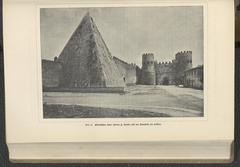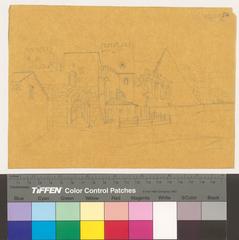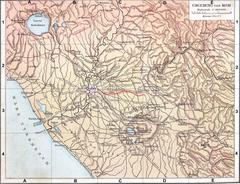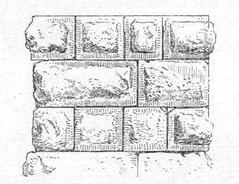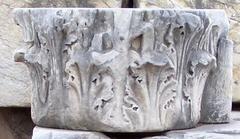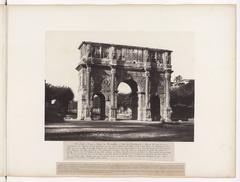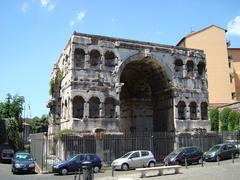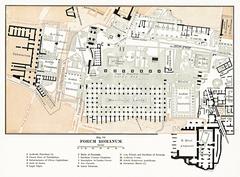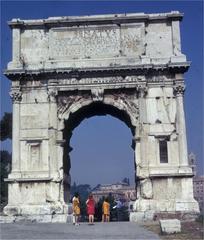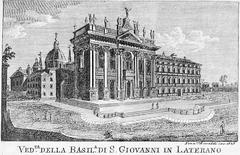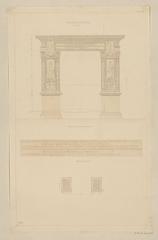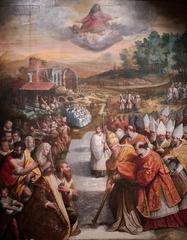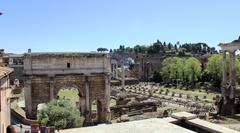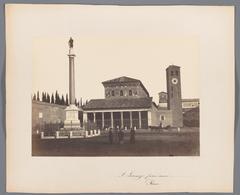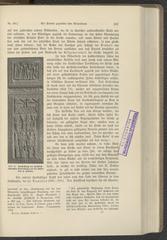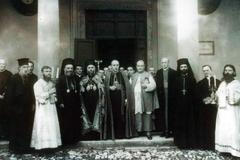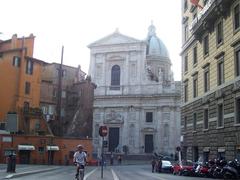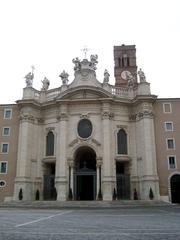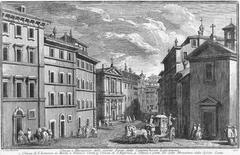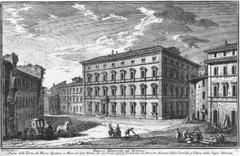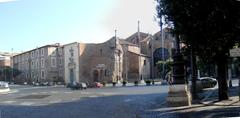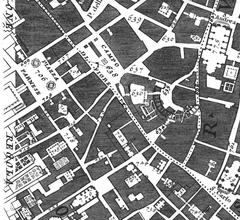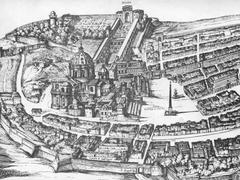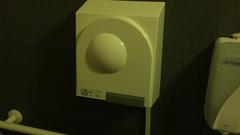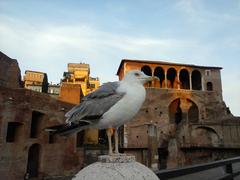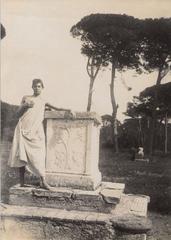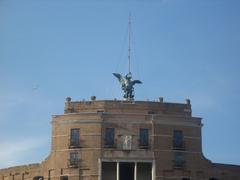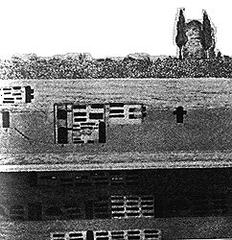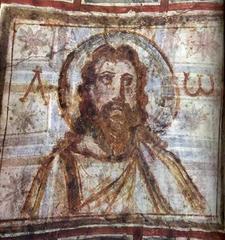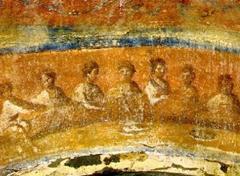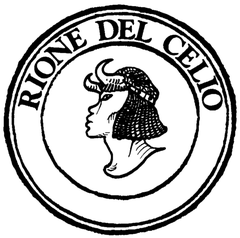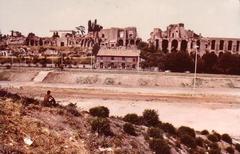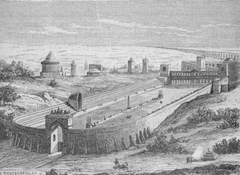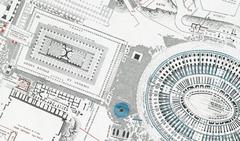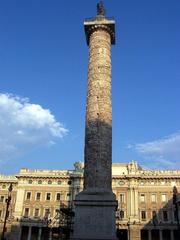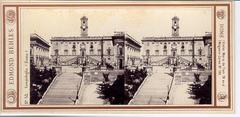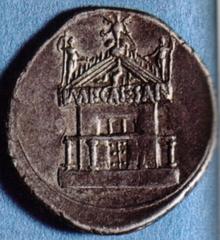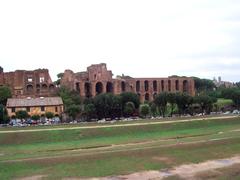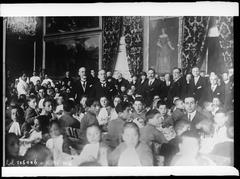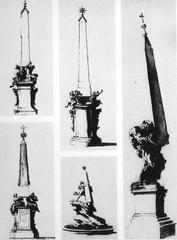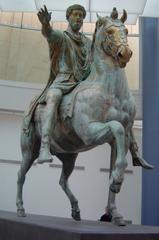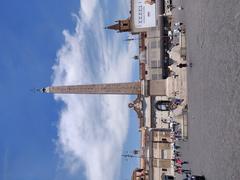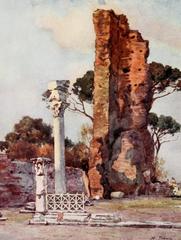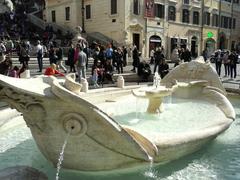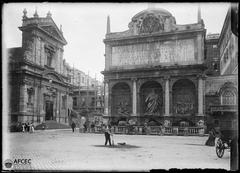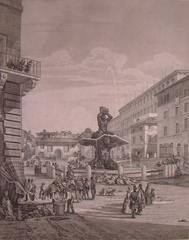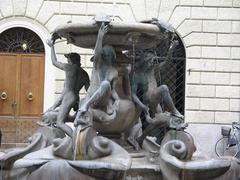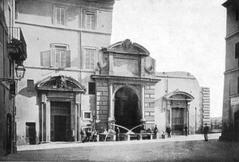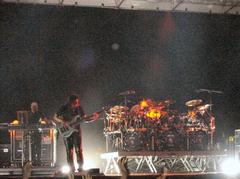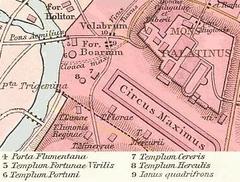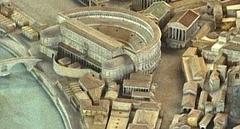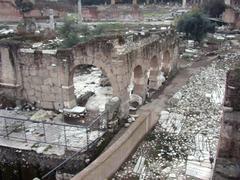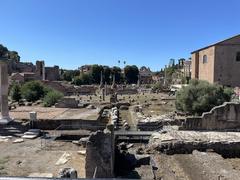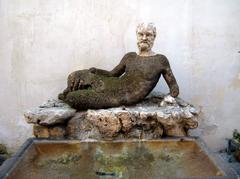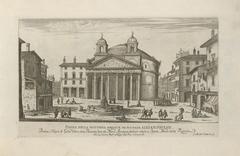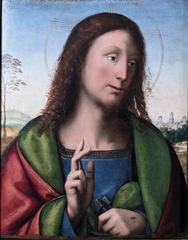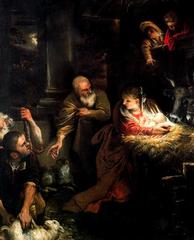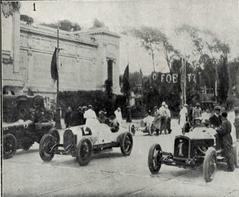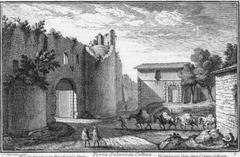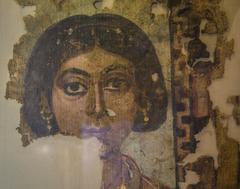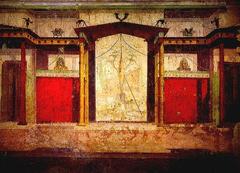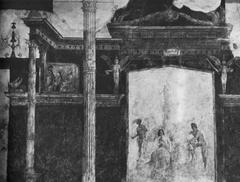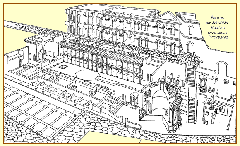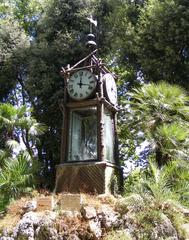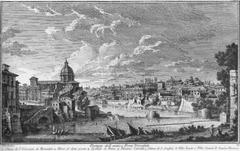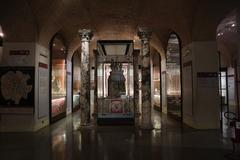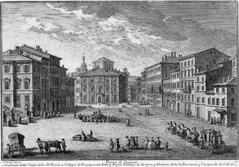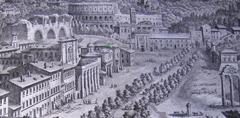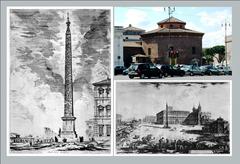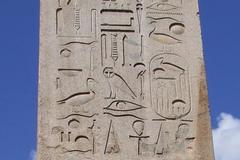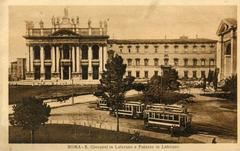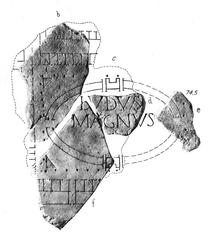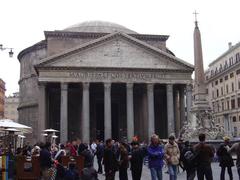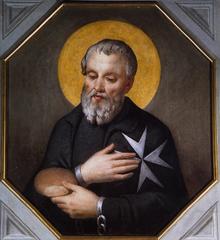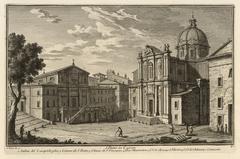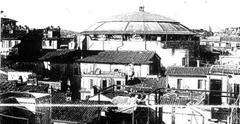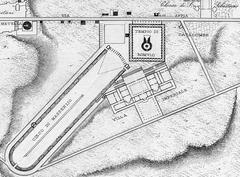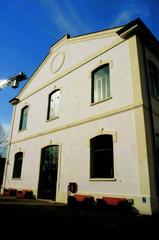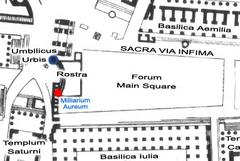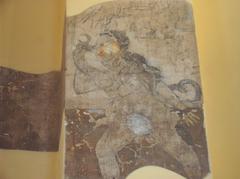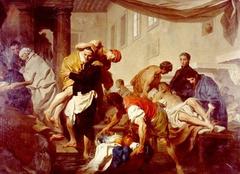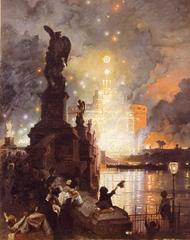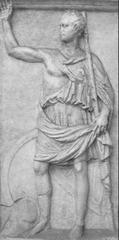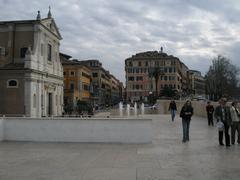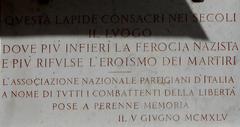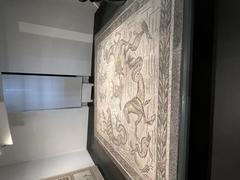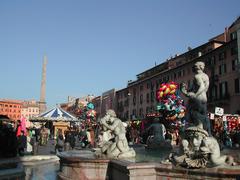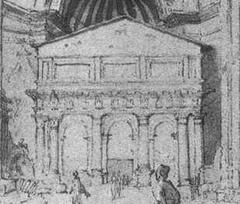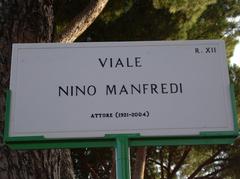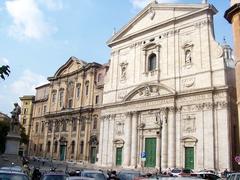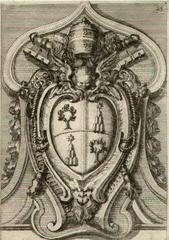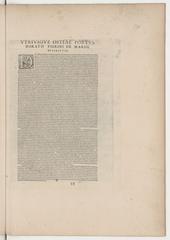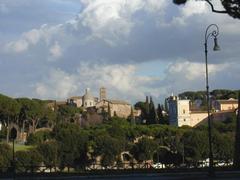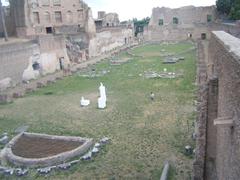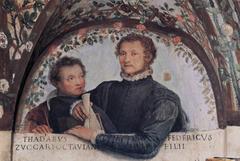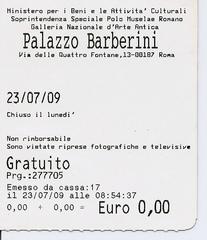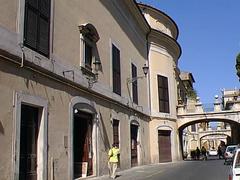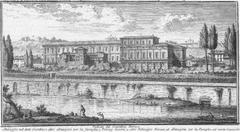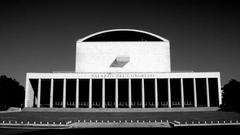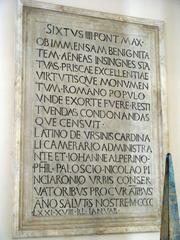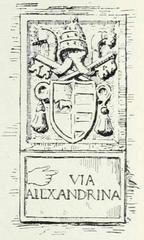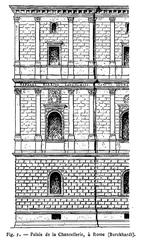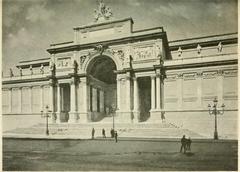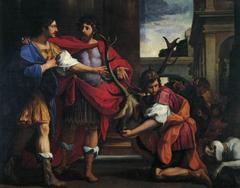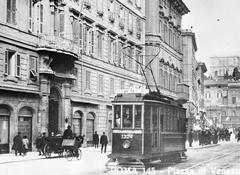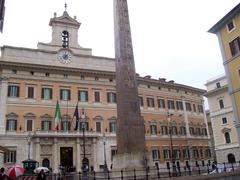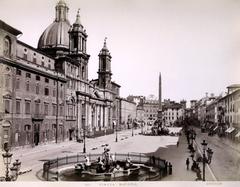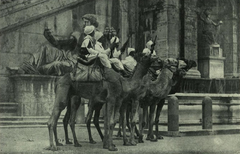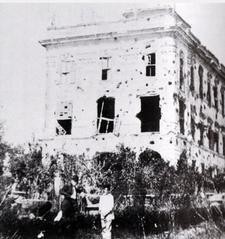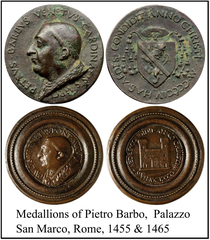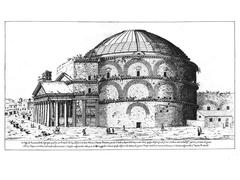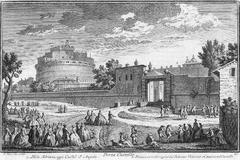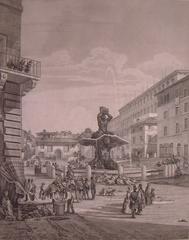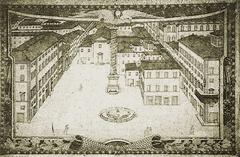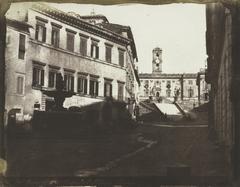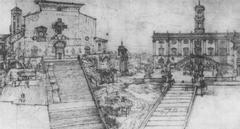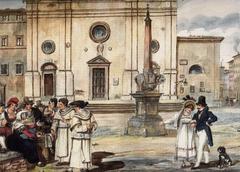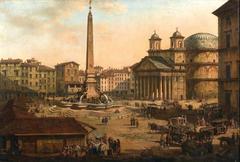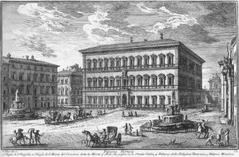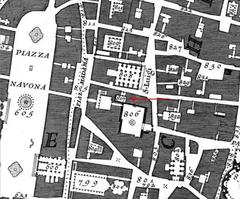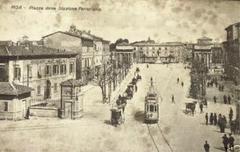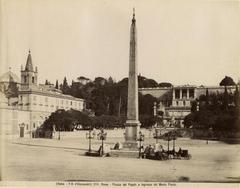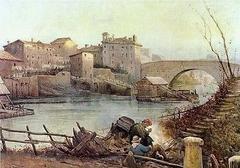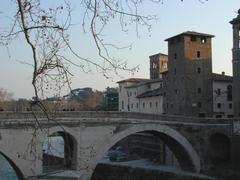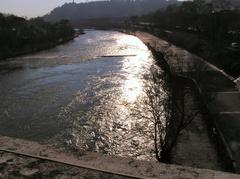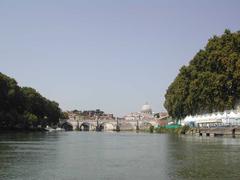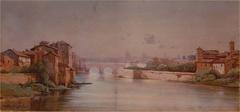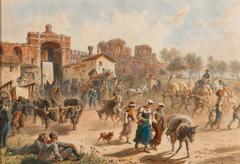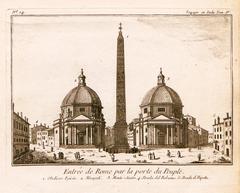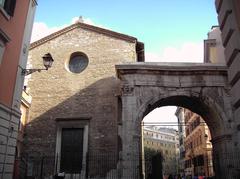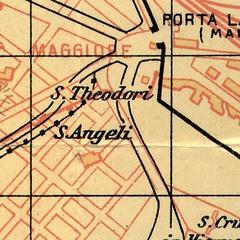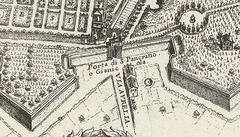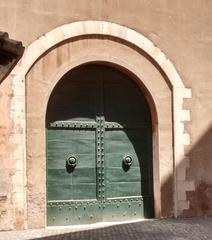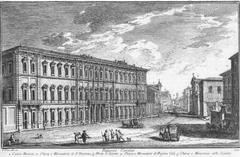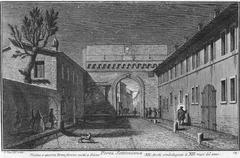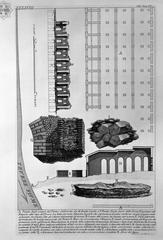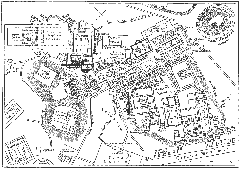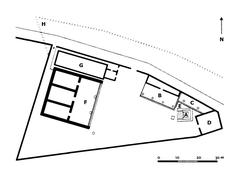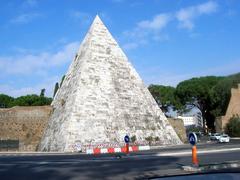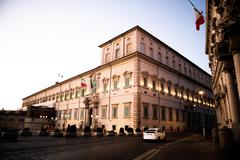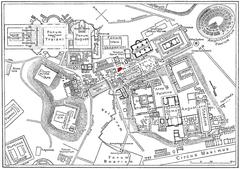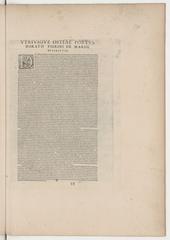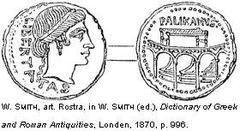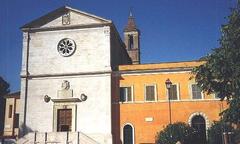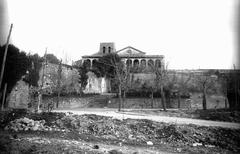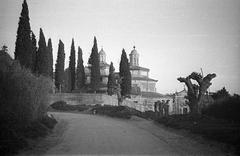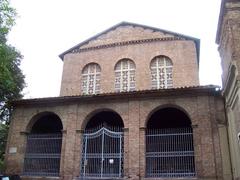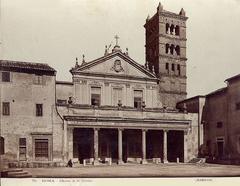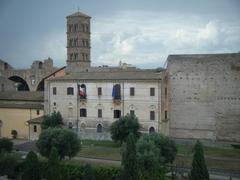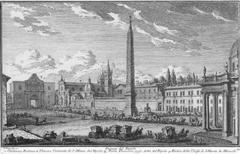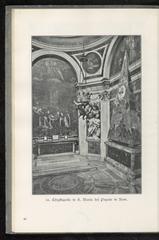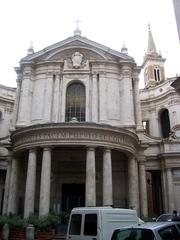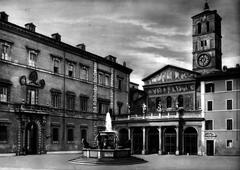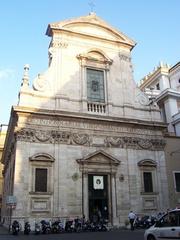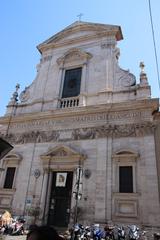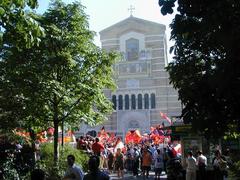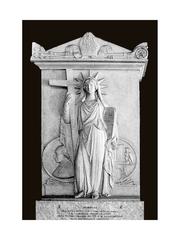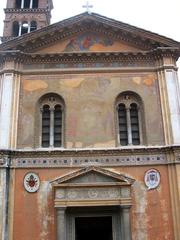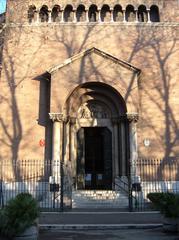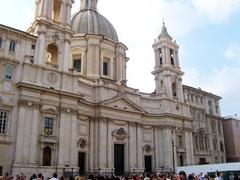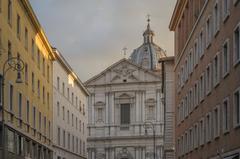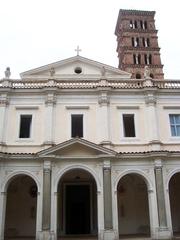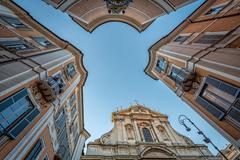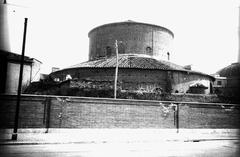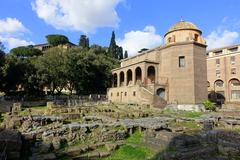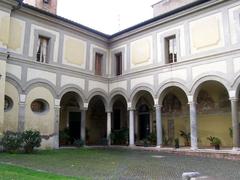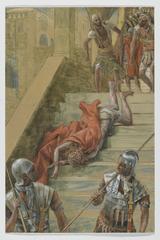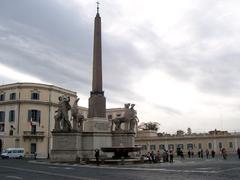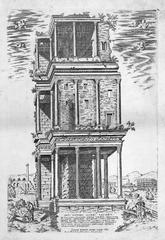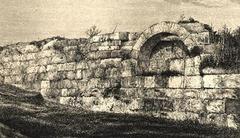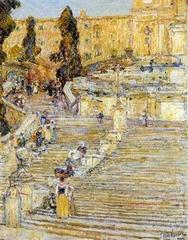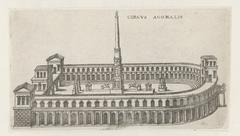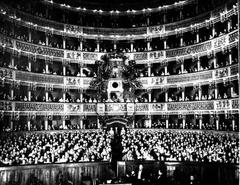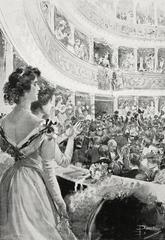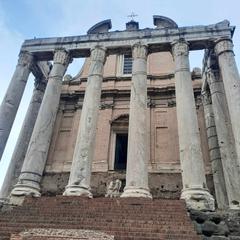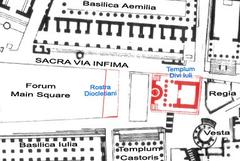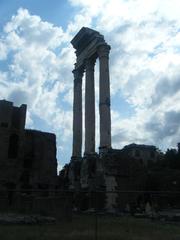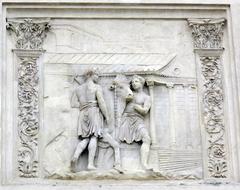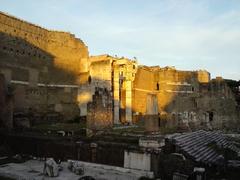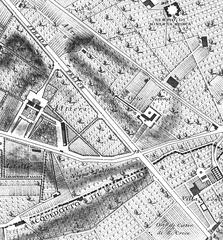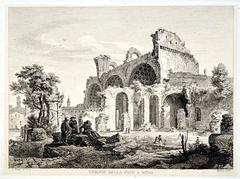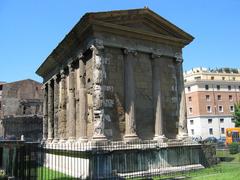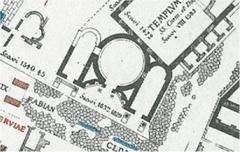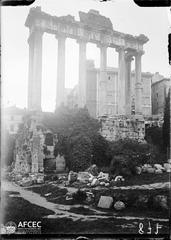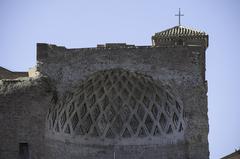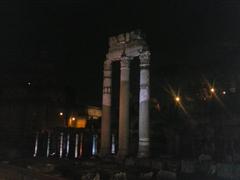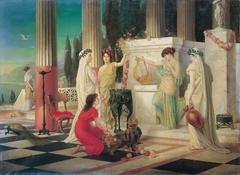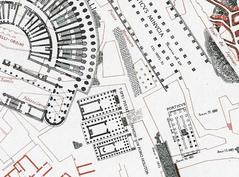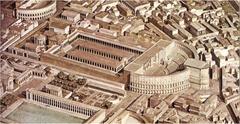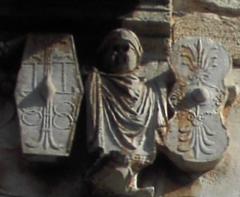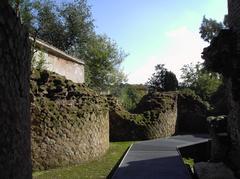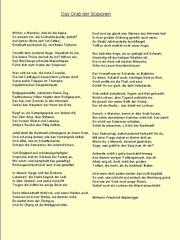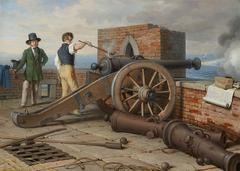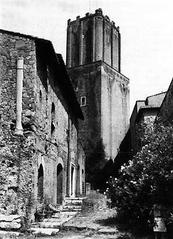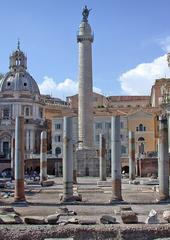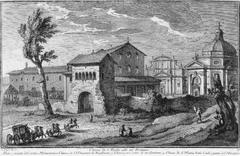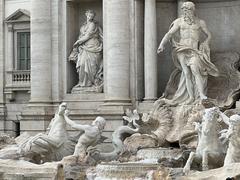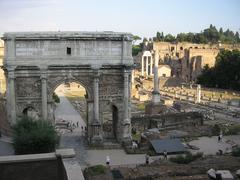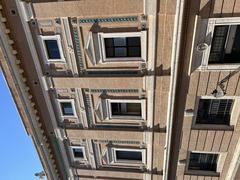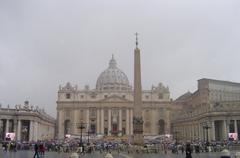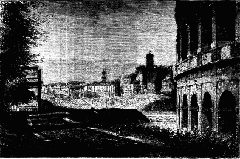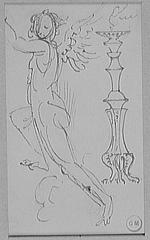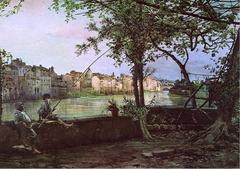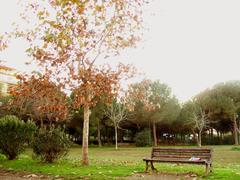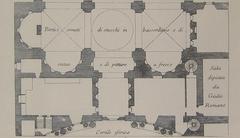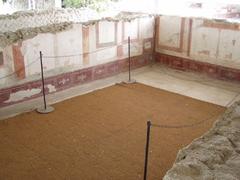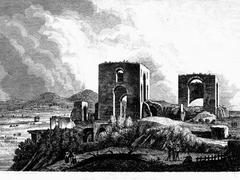
Visiting Museo della Via Ostiense in Rome: Hours, Tickets, and Tips
Date: 19/07/2024
Introduction
The Museo della Via Ostiense, nestled in the historic heart of Rome, Italy, stands as a testament to the ancient Roman road that once connected the bustling city to its port, Ostia. Established in 1954, this museum is not merely a collection of artifacts but a vivid narrative of Rome’s ancient trade routes, daily life, and architectural prowess. Housed within the imposing Porta San Paolo, one of the Aurelian Walls’ southern gates, the museum offers a unique blend of historical and architectural significance. Visitors are treated to an array of exhibits that span from the Roman Republic to the late Empire, providing insights into the infrastructure and cultural exchanges of ancient Rome. Whether you’re a history buff, a casual tourist, or someone with a keen interest in archaeology, the Museo della Via Ostiense promises an enriching experience. For more detailed information, including current exhibits and events, visitors can refer to the official website of the Museo della Via Ostiense.
Table of Contents
- Introduction
- History of Museo della Via Ostiense
- Exhibits and Collections
- Educational and Cultural Programs
- Preservation and Conservation Efforts
- Visitor Information
- Nearby Attractions
- Accessibility
- FAQ Section
- Conclusion
History of Museo della Via Ostiense
Origins and Establishment
The Museo della Via Ostiense was established in 1954 following extensive archaeological excavations that uncovered numerous artifacts and structures related to the Via Ostiense and the ancient port of Ostia. These findings offer valuable insights into daily life, trade, and infrastructure of ancient Rome. The museum is housed in the Porta San Paolo, one of the southern gates of the Aurelian Walls. Originally known as Porta Ostiensis, the gate was constructed to protect the city and control the flow of goods and people into Rome.
Architectural Significance
The Porta San Paolo is a significant architectural structure featuring two cylindrical towers flanking a central archway. These towers were originally built to accommodate soldiers who guarded the gate and monitored traffic along the Via Ostiense. The gate’s strategic location and robust construction highlight the importance of the Via Ostiense as a vital artery for trade and communication in ancient Rome. Today, the Porta San Paolo stands as a testament to the ingenuity and resilience of ancient Roman civilization.
Archaeological Discoveries
The excavations that led to the establishment of the Museo della Via Ostiense unearthed a wealth of artifacts and structures that shed light on the history of the Via Ostiense and the port of Ostia. Among the most significant discoveries are the remains of ancient warehouses, known as horrea, used to store goods transported along the Via Ostiense. Other notable discoveries include the remains of ancient villas, tombs, and inscriptions, providing a glimpse into the daily lives of the people who lived and worked along the Via Ostiense.
Exhibits and Collections
Permanent Exhibits
The Museo della Via Ostiense features a diverse range of exhibits that highlight the history and archaeology of the Via Ostiense and the port of Ostia. Notable exhibits include ancient milestones, sarcophagi, and funerary artifacts, as well as architectural models that help visitors visualize the historical landscape. The museum’s collection also includes a variety of inscriptions and epitaphs that offer valuable information about the people who lived and traveled along this ancient road.
Temporary Exhibits
The museum frequently hosts temporary exhibitions focusing on specific aspects of Roman history and archaeology. These rotating exhibits often feature loaned artifacts from other museums and private collections, providing a fresh and dynamic experience for repeat visitors. Past topics have included Roman engineering, ancient Roman cuisine, and the daily life of Roman soldiers.
Educational and Cultural Programs
The Museo della Via Ostiense offers a variety of educational and cultural programs designed to engage visitors and promote a deeper understanding of the history and archaeology of the Via Ostiense. These programs include guided tours, workshops, lectures, and special events catering to a wide range of audiences, from school groups to history enthusiasts.
Preservation and Conservation Efforts
The Museo della Via Ostiense is committed to the preservation and conservation of the artifacts and structures related to the Via Ostiense and the port of Ostia. The museum’s conservation efforts include the careful restoration and maintenance of the artifacts in its collection, as well as the ongoing monitoring and protection of the archaeological sites in the area.
Visitor Information
Visiting Hours
The Museo della Via Ostiense is open to the public year-round, with varying hours depending on the season. For the most current visiting hours, please visit the official website.
Ticket Prices
Ticket prices vary depending on age and residency status. Discounts are available for students, seniors, and groups. For detailed ticket information, please refer to the official website.
Travel Tips
The museum is easily accessible via public transportation. Consider using Rome’s metro (Piramide station) or bus services to reach the Porta San Paolo. Parking options are also available nearby.
Nearby Attractions
While visiting the Museo della Via Ostiense, take the opportunity to explore nearby attractions such as the Pyramid of Cestius and the Protestant Cemetery, both within walking distance.
Accessibility
The museum is committed to providing accessibility for all visitors. Wheelchair access and other facilities are available. For specific accessibility needs, please contact the museum in advance.
FAQ Section
Q: What are the Museo della Via Ostiense’s opening hours?
A: The museum’s opening hours vary by season. Please check the official website for the most current information.
Q: How much are tickets to the Museo della Via Ostiense?
A: Ticket prices vary. Discounts are available for students, seniors, and groups. Visit the official website for detailed pricing information.
Q: Are guided tours available?
A: Yes, the museum offers guided tours. Check the official website for availability and booking information.
Q: Is the museum accessible to visitors with disabilities?
A: Accessibility may be limited due to the ancient structure. Contact the museum in advance if you have specific accessibility needs.
Q: Can I take photographs inside the museum?
A: Photography is usually allowed, but check for any restrictions, especially regarding the use of flash.
Conclusion
The Museo della Via Ostiense offers an unparalleled glimpse into the ancient world, highlighting the importance of the Via Ostiense in Rome’s economic and cultural history. From the meticulously preserved artifacts and inscriptions to the engaging educational programs, the museum serves as a bridge connecting modern visitors with the past. Its location in the Porta San Paolo not only adds to its architectural allure but also situates it within a rich historical context, near other significant landmarks like the Pyramid of Cestius and the Protestant Cemetery. Whether you’re exploring the permanent exhibits or participating in a special event, the Museo della Via Ostiense provides a comprehensive and immersive experience. For the latest updates on visiting hours, ticket prices, and special exhibitions, visit the official website.
